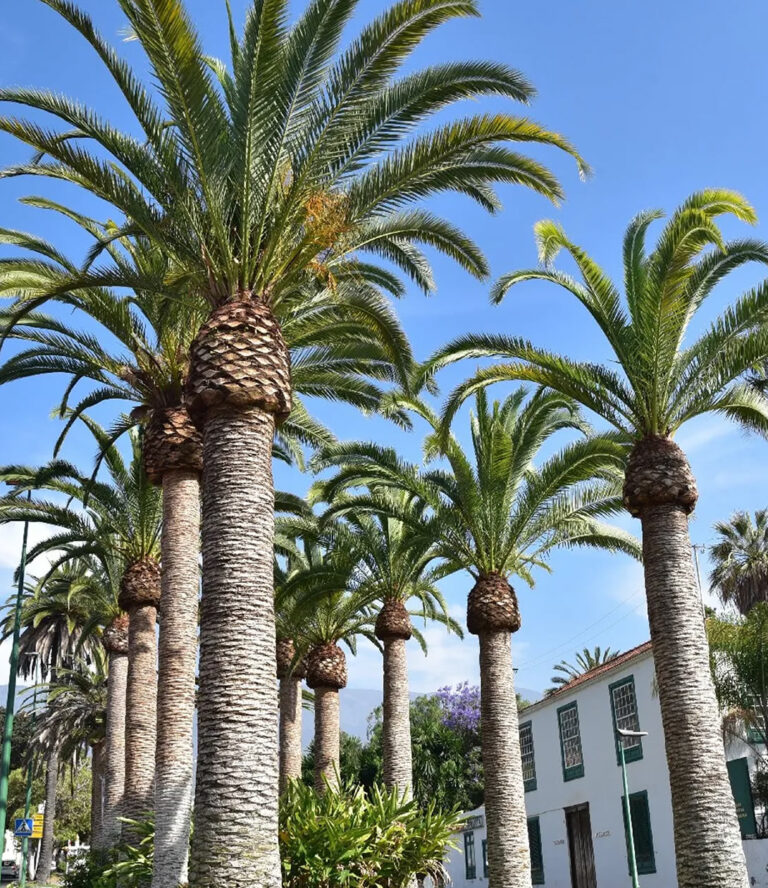
Palm trees come in a variety of shapes and sizes, and choosing the right one can be more complex than it seems. With so many species, growth habits, and price points available, it’s important to evaluate a few key factors before making your selection.
Whether you are looking for a dramatic statement piece for your yard, a compact palm for your patio, or even an indoor variety, this guide will walk you through the decision-making process. .
Before choosing a palm, take the time to assess the space where it will be planted or placed. This will help guide your selection and ensure long-term success.
Climate Conditions:
Space & Scale:
Patio vs Outdoor Planting:
Not all palms require the same level of care and upkeep. Choose according to your desired maintenance level.
PRO tip: If you want low-maintenance, look for self cleaning varieties, or palms that naturally drop dead fronds.
Palm trees come in a wide range of shapes, sizes and growth rates. Here is a breakdown by size category to help you make the best choice.
Choose this type if:
Examples: Royal Palm, Queen Palm, Canary Date Palm, Windmill Palm, Sylvester Palm, Sabal Palmetto.
Medium Sized Palms (10-20 ft)
Choose if:
Examples: Pygmy Date Palm, Foxtail Palm, European Fan Palm, Pindo Palm
Compact and Indoor-Friendly Palms (up to 10 ft)
Choose if:
Examples: Areca Palm, parlor Palm, Lady Palm, Bamboo Palm.
Palm trees are priced by size, species, and rarity. Larger, cold-hardy varieties tend to grow slowly and cost more upfront-but are worth the investment in the long run. Here are some tips for budgeting:
Buying a palm tree is more than a transaction- it’s an investment in your home and landscape. Choosing the right seller ensures you get healthy, properly grown trees.
At Iguana Palms, we specialize in cold-hardy palm trees. Most of our palms are grown right here in our farm- the northernmost palm tree farm in Florida. In this location, we focus on premium cold-hardy varieties like Pindo Palms and Sylvester Palms, ideal for areas that see cooler temperatures.
At Iguana Palms, we offer a complimentary design consultation to help you picture what your palm will look like on your property. If you prefer to dive deeper, our premium design packages start at $100 and include designs with different palm options, one-on-one consultations, and multiple revisions.
Selecting the perfect palm tree is a not a simple task- factors such as climate, space, style, and budget are important to keep in mind. Take your time, plan wisely and don’t hesitate to ask an expert to avoid costly mistakes. Contact us for a complimentary design.
Ocala Office and Showroom
8201 SW 27th Ave,
Ocala, FL 34476, USA
Palm Tree Farm
4782 NE 180th Blvd,
Jasper, FL 32052, USA
